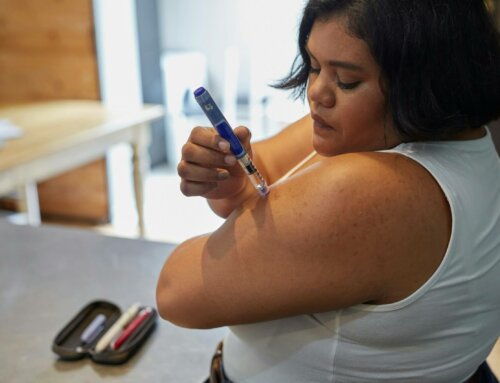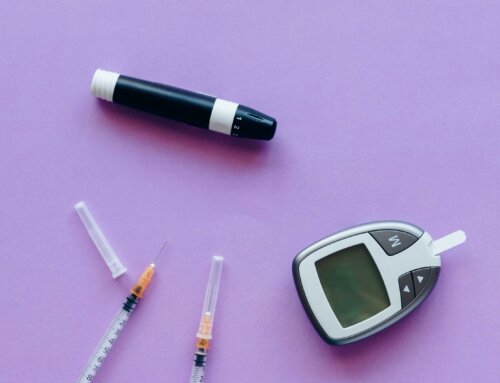Today marks the 21st Annual American Diabetes Alert Day. The statistics are staggering: 8% of our population has diabetes. Approximately 90-95% of those with diabetes have Type 2 and 5-10% have Type 1. However, due to the prevalence of obesity among children, 45% of the youngsters with diabetes have Type 2 (previously known as “adult diabetes”). Over 23 million Americans have diabetes and 57 million have pre-diabetes.
Diabetes could lead to heart disease, stroke, blindness, kidney disease, nerve damage and even amputation. There are treatments and many of them are within your control, if you learn how from your support team of health care providers and diabetes educators. If you have pre-diabetes, you may be able to slow down the progression of, or even put to a halt to, diabetes if you address it early enough. Properly managing your diabetes may reduce or delay the risk of developing diabetes-related complications. It is also possible to avoid diabetes if you know the risk factors and follow good diet and exercise programs.
American Diabetes Wholesale, in support of the American Diabetes Association, wants to alert those people with and without diabetes about the seriousness of this disease. Many people have no symptoms of high or low blood sugar, and they tend to disregard their disease until complications arise. Some people may unknowingly have pre-diabetes and don’t find until out after it has already progressed to diabetes and done damage to the body.
Some factors that increase the risk of developing diabetes:
- Overweight, sedentary, over 45 years old, family history of diabetes
- African American, Latino, or Native American ethnic groups
- Having had gestational diabetes (diabetes while you are pregnant)
- Having PCOS (polycystic ovary syndrome)
Some conditions associated with diabetes include: high blood pressure, high triglycerides, low HDL (healthy) cholesterol and high LDL (unhealthy) cholesterol. Request an HbA1c test from your doctor at your next annual physical exam. The HbA1c test indicates your 3-month average blood glucose.












Leave A Comment